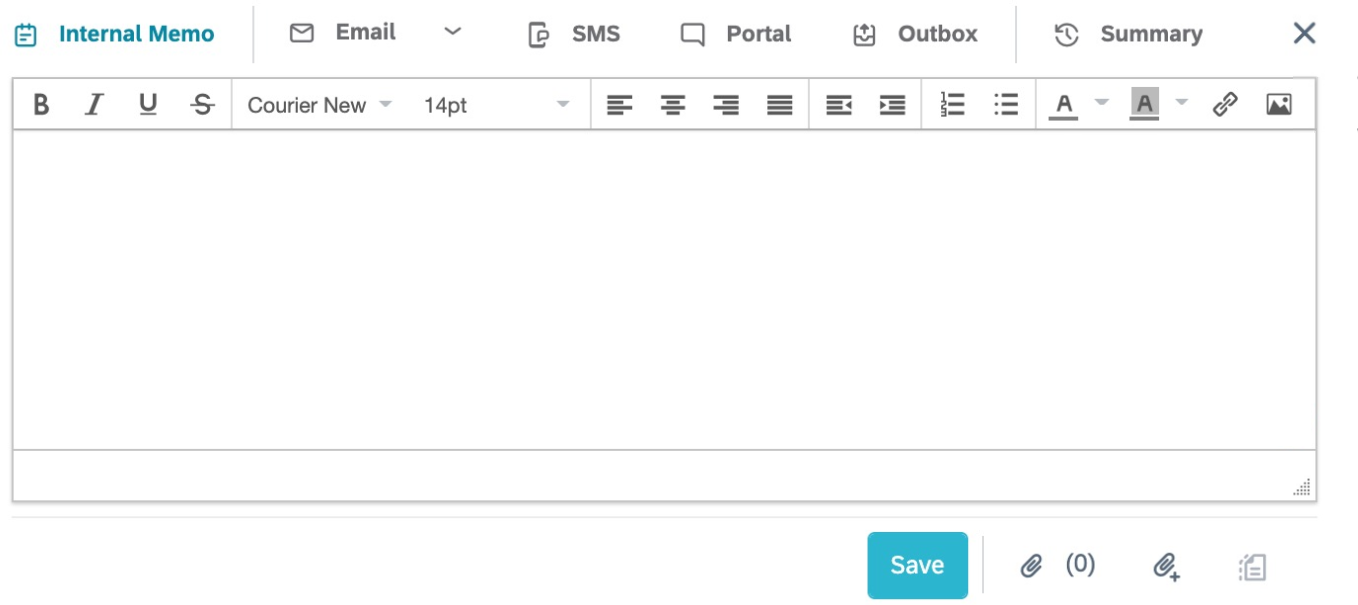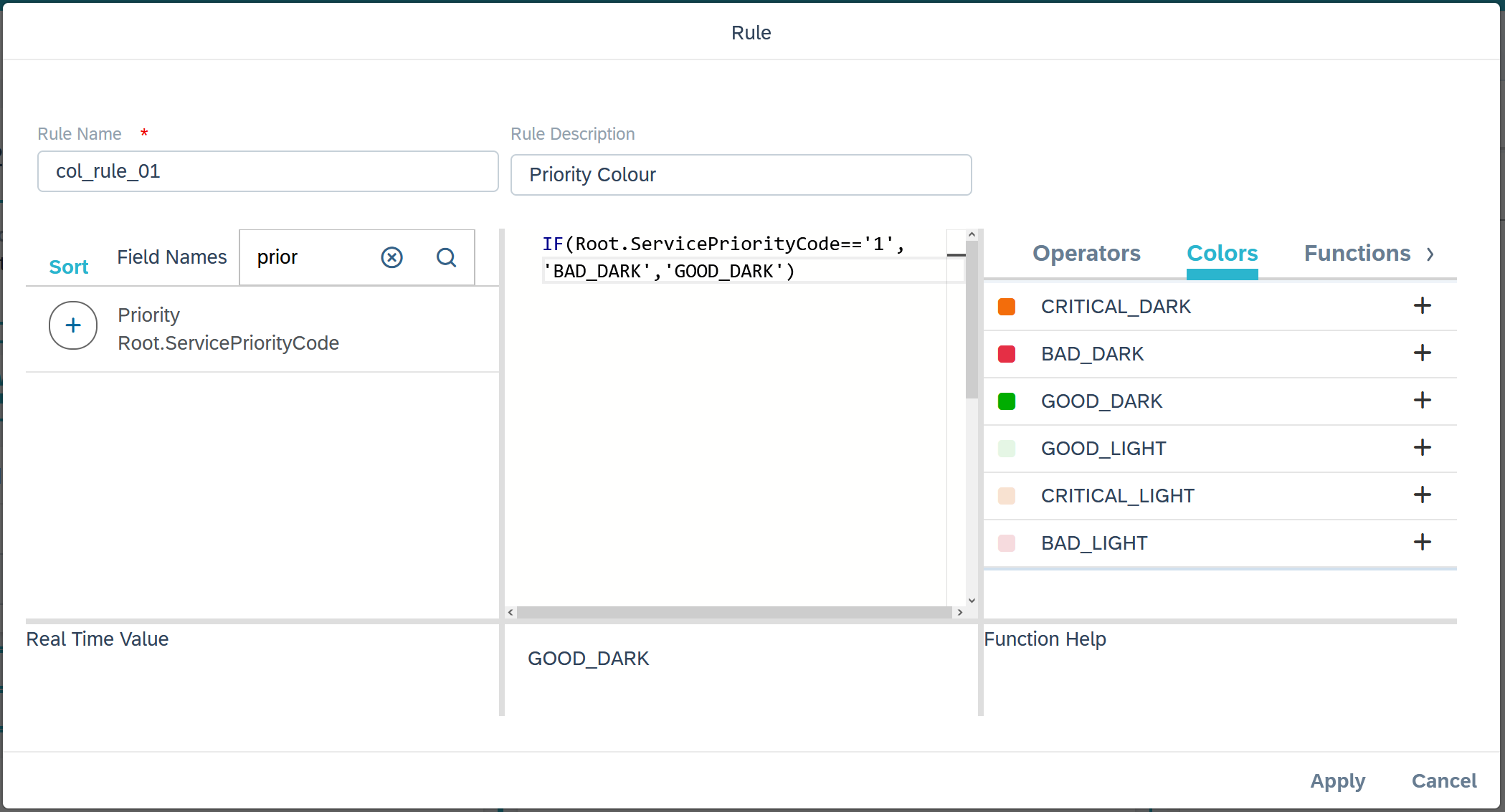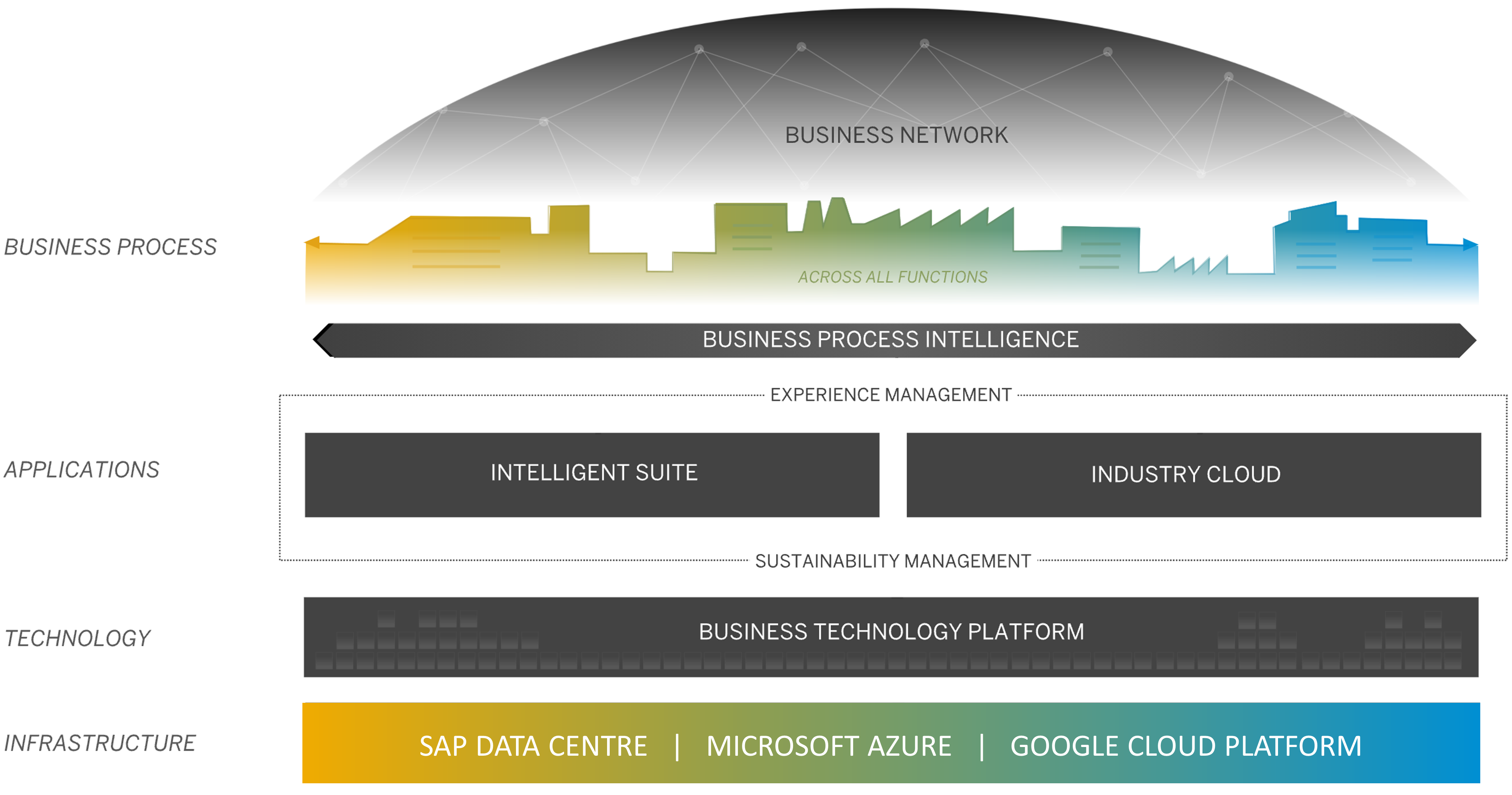H2 2021 : SuccessFactors Employee Central Service Centre
19 Nov 2021With the seasons changing again, it is time to take another look at the developments in SAP SuccessFactors. In this post, I am taking my regular dive into what is new with one of SAP’s less well known SuccessFactors solutions, Employee Central Service Centre (ECSC).
For those who are unfamiliar with ECSC, it is an HR service desk solution. It provides a back-office system to allow HR service agents to process and manage tickets raised by employees. Employees can submit tickets by telephone, e-mail, text chat or via a web portal. The solution is built on SuccessFactors Employee Central for the employee information and the service functionality of SAP Cloud for Customer (C4C) for ticket processing. An SAP Business Technology Platform (BTP) application known as Ask HR provides the employee web portal.
In this release, we will look at the usual updates in C4C and Ask HR that affect ECSC users, but I am also going to take a slight diversion to discuss the direction of SAP’s development of C4C that will no doubt have an impact as to how ECSC will develop.
Cloud for Customer
As usual, most of the updates for ECSC focus on C4C. From an HR service process perspective, this is the core of the solution.
User Interface
Across the Q3 and Q4 2021 C4C releases, we have several relevant changes related to the user interface for the HR service agents. The two most interesting ones I’ll cover first and were included in the Q3 update.
The first of these relates to the Internal and Portal Memo functionality. An administrator can now configure these rich text alternatives to the older notes functionality to use a new editor. The new editor is TinyMCE and is a popular Open Source editor created from the functionality of the “Moxiecode Content Editor” content management system – hence the MCE in TinyMCE.
SAP is offering this as a replacement for the previous standard Kendo UI editor in an attempt to improve performance. To date, using the previous editor, I have not noted any performance issues. Still, TinyMCE is an excellent editor option, and so I see no problem with SAP standardising on this and hopefully giving customers a performance boost with it.

In addition, an Internal memo can now be added or edited when a ticket is in a completed status. This brings feature parity with the original internal notes. I don’t think many organisations make use of the feature to edit after completion. However, if you think of your service desk content as a knowledge base, adding additional notes after a ticket is closed can help people find relevant tickets in the future to help them address tickets open at that time.
The second interface update from Q3 I would like to draw your attention to is the introduction of dynamic colours for content. I know this is something I have been asked about many times in the past, and it is great to see it finally be available. SAP has provided a facility through which you can define rules that take a combination of data about the on-screen object (e.g., an employee ticket) and apply colours to the text of that object.
For example, this rule that I put together will colour the text describing the priority of a ticket as red if the ticket is the highest priority and green for any other priority. Thus, the priority stands out (red) on the ticket as a critical piece of information if and only if it is the highest priority.

While the colour palette selection is limited to six colours, this is a good number to work with to really help customers think about what data is worth highlighting without turning your screen into a spectral disaster.
Finally, we will turn our attention to the latest theme that SAP released in Q1 – the Saphira theme. In the latest update, SAP officially supports the theme in the mobile app. Something that may be of use to managers and specialists who might be managing tickets on the go. However, more widely applicable is that you will also be able to create your own customised themes using Saphira as the starting point. This new templating is very useful for anyone starting out with ECSC and wanting to brand or would like to refresh with a custom theme with the latest and greatest styling.
With each quarterly C4C release, we typically see several functionality improvements around e-mail. Therefore it is unusual that we are just picking up one change this time, covering two quarters. That change is that the C4C attachment size limit is being increased from 20 MB to 35 MB for both inbound and outbound mails.
I suspect this might accommodate people sending short videos, which is probably quite likely in non-employee support scenarios utilising C4C. I do not see it generally making much difference for ECSC customers, and I would urge you not to start sending overly large attachments out. While C4C might support such large attachment sizes, I would imagine not all corporate e-mail systems would be so forgiving, and there is generally a better way to share files internally.
Analytics
The Q3 release for C4C included a hugely important update for analytics, the inclusion of an embedded SAP Analytics Cloud (SAC) at no additional licensing cost – assuming that you have an Enterprise License for use with your C4C instance. This brings SAP’s premiere analytics solution right into the heart of C4C, and it brings with it a wealth of power in its story-driven real-time analytics.
SAC allows you to pull together displays of varied analytics that can quickly help you build a picture of what is happening within a system. You may think this is nothing new and that the existing analytics in C4C can already provide the information you need. While that is probably true, I think most customers will find that SAC is easier to use as both a consumer and a report designer. The reports, or stories, it produces are presented in a more contemporary style, with simple layouts concealing an unprecedented level of complexity and capability - just presented clearly.
There is so much to SAC that I could not possibly hope to cover here. I simply urge you to take a look if you have access to it and experiment with it a little to see how you can best make use of it.
Search
You may be starting to notice a trend at this point, as back in Q3, SAP opened a new search feature for beta testing. This new Global Search function requires a particular set of infrastructure to support it. As a result, it has only been available to customers utilising SAP’s Germany, US, and Australia data centres.
This new search is based on a technology known as Elasticsearch and provides a lightning-fast search capability. Using this search, you are presented with a set of fields through which you can search across your entire data store. It is a massive performance improvement for search, and a hint about the sorts of infrastructure changes SAP has going on behind the scenes.
In addition, the search has a field you can use akin to those that you might in your favourite Internet search engine. Just like those search engines, if you know the correct phrasing to use, you can type in search parameters like you would at the command line (you may see the documentation reference it as the CLI or command-line interface field). Entering the search in this way populates the search options for you and is a more efficient way to enter an advanced search; if you take the time to learn the parameters and options. I’m sure this will be a firm favourite with power users.
Performance Tracing
A more technical aspect of the latest update is the availability of a tool to help with performance tracing. Specifically, this is the facility for a user who notices that the system responds slower than expected. It captures information about what the system is doing to help SAP track down and resolve performance issues.
The performance trace is enabled via the company settings and logs the performance monitoring information against a unique identifier. When reporting the performance issue to SAP, you can simply include the ID in your ticket, and SAP will retrieve the details.
I would recommend system admins have a cheat sheet for enabling and using the tracing they can share with users experiencing C4C performance issues.
Integration
At this point, I am going to divert a little from the release information, and you will hopefully understand why this is important as I elaborate on a few insights.
One of the best integrations you can apply in the context of ECSC is integration with a knowledge base. This allows you to reference a single source of useful information to help resolve HR requests, and when you also link it into Ask HR, you get the best result of all. Employees can find the answers themselves when they need it and need never raise a ticket.
One of the knowledge base platform options is SAP Jam., However, that has been off the SAP price list for some time now, and we now know that SAP Jam will reach its end of life in mid-2026 and that the basic version of SAP Jam included in SuccessFactors will be removed next year.
SAP SuccessFactors Work Zone has been the obvious successor for the past year, but it has no official capability to take over as a knowledge base for ECSC.
While not directly about the upcoming release, SAP did release some pertinent information during October’s SuccessConnect event. There was a reference to SAP’s plans to support knowledge base access for SuccessFactors Work Zone in the 1H 2022 release on one particular slide. I have been asking SAP about this for the past year at every opportunity, so it is a big relief to see it finally acknowledged as a requirement.
We will also see ticket information being available within SuccessFactors Work Zone. This means that while Ask HR allows you to work with and interact with your ticket information within SuccessFactors, some of that information will be reaching further into the ecosystem as SuccessFactors Work Zone provides an integrated, almost contextual, portal for an employee. It makes me wonder further if we will see similar integrations in the not so distant future into platforms such as Microsoft Viva?
Speaking of Microsoft, SAP has also noted that several Microsoft Teams related enhancements should be available next year. SAP has been working on a joint roadmap with Microsoft, but the timing of both company’s release schedules means that things are not entirely aligned for this year. We should see something coming “early next year”, though that could yet be code for it simply being in the first half of the year.
SAP’s Development of C4C Functionality
At this point, I am once again going to deviate from purely focusing on what is in this next release. This deviation takes stock of some of the things happening both around and behind the 2021 updates and what this means going forward.
Throughout the 2021 releases, many of the C4C “updates” from SAP have been developed as something SAP refer to as ‘extensions’. These are really additional pieces of software that have deep integration with the C4C core product but are not part of the core product. This includes the Agent Desktop, an alternative user interface for streamlining service operations, released in Q3. The Agent Desktop extension appears to be focused on non-employee support scenarios right now. Still, I hope that SAP may expand its scope to provide cover for employee support scenarios in the future.
This investment in extensions is part of a move by SAP to build out new functionality on newer technologies. Technologies that they cannot build into the existing core platform. From an architectural standpoint, SAP is moving towards structuring its functionality across its product lines into microservices. This rearchitecting will reap many long-term benefits (just search for “benefits of a microservices architecture” in your preferred search engine).
SAP is also investing time and effort to prepare its systems for compatibility with the converged cloud programme that is currently underway. This is SAP’s 2+1 strategy for “a robust, future-proof, cloud infrastructure” and takes advantage of a couple of the big hyperscaler companies - Microsoft and Google. For C4C users, I expect that the most significant and immediate impact will be improved performance, but it also makes new functionality like the Global Search feasible.

It is evident that, during 2H, investment in these two areas has been significant and has had a detrimental effect on the volume of C4C core developments. Just look back through the features I have outlined. How many of these were from Q3? Go back further. How does this compare to the ECSC updates I have covered in previous years?
SAP has indicated that they intend to return their focus to the core C4C product “at some point”, but I wonder if what we understand to be the core will have changed by that point?
It certainly seems like the modularity of C4C is being subdivided into what SAP are referring to as extensions and that this is their future technology and architecture direction. I would not be at all surprised to see C4C embrace the extension and modularity approach further over the next two to three years, with a change in licensing model to match. Perhaps we will see the core streamline and simplify, with a greater array of extensions providing more options to build and customise your own solution. Maybe there will be an alternative approach to customisation to that seen in years past, where customers would customise their SAP ERP systems with extensive code enhancements?
From what I have seen of late, the C4C customer base is undoubtedly looking for SAP to deliver more in the way of increased core product value than additional licensed options. 2022 is going to have a lot to deliver on in one form or another.
Ask HR
There is only one update to Ask HR with this release – a resolution to a cross-origin resource sharing (CORS) issue affecting knowledge base integration for MindTouch knowledge bases. While an important update for MindTouch users, this is a non-release for everyone else, which I suspect is most of the ECSC user base.
That is somewhat disappointing, and it makes me wonder where the resources that would usually pick up Ask HR updates are currently deployed. Perhaps on the converged cloud programme? Possibly working on other BTP products?
There is a huge opportunity here for SAP to build out what is a reasonably basic application into something more versatile. Customers have wanted more customisation options since Ask HR v2 was released. While we have had several such options delivered to date, there is still a lot more that could be offered to get close to the flexibility offered by v1.
Conclusion
Things are not exactly on fire in the C4C space with new core features, but there are at least some good value improvements for ECSC customers. It is a relief to see that the C4C integration with the effectively defunct SAP Jam tentatively earmarked to be addressed next year. One would also hope that Ask HR proves compatible with this at the same time.
Ask HR seems to be on sabbatical, and I sincerely hope that SAP has some yearlong developments lined up for this for release in 1H 2022. SAP’s roadmap explorer does not show anything planned, but it rarely does for Ask HR, and not road mapped does not mean that it is not being worked on.
Overall, I think it has been a rather light year for ECSC. Being a solution where the parts are built from other SAP products, ECSC is a solution that tends to receive development benefits rather than drive them. The overlap with applicable enhancements has simply been lower than it has been in other years. All being well, we will see this change for the better in 2022.
 Scroll the menu to find all the places to visit
Scroll the menu to find all the places to visit


